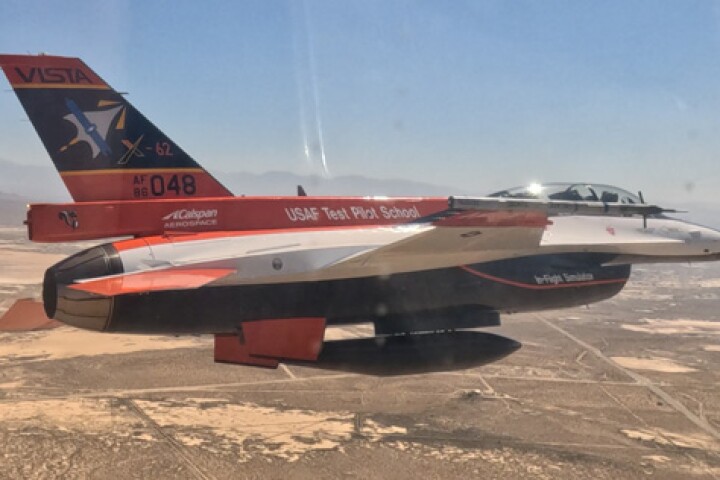The British Army is looking to autonomous vehicles to bridge the "last mile" in combat. On November 12, an Army Battlegroup from 1 Armed Infantry brigade will begin the four-week 2018 Autonomous Warrior Army Warfighting Experiment field exercise, which will test the ability of prototype autonomous aerial and ground vehicles to resupply combat troops on the battlefield.
If you see news images of a squad of soldiers in a war zone, you're actually seeing the sharp end of a very large and very long logistical train. Where armies in previous ages could live off the land to reduce the need for supplies from home, modern warfighters are dependent on a constant flow of food, fuel, ammunition, medicine ... and even batteries, to stay alive.
Even the most advanced armies suffer from a constant bottleneck called the "last mile." This is the final leg of the supply train where it must pass through hazards like rough terrain, mines, and enemy fire to reach its destination.

To make sure that soldiers are kept supplied while reducing risks to valuable logistical personnel, Britain's Ministry of Defence is keen on replacing supply troops with robotic and autonomous systems (RAS). In 2016, for example, the Royal Navy carried out Unmanned Warrior, where it demonstrated the ability of prototype RASs to work together to perform surface, underwater, and aerial maneuvers for surveillance, intelligence-gathering and mine countermeasures.
Now the Army is getting into the act as it shows how robotic systems can help with resupply operations as well as aiding in long-range and precision targeting. Autonomous Warrior is a joint effort that is supported by the Royal Navy, Royal Air Force, US Army, Britain's Ministry of Defence, the Defence Science and Technology Laboratory, and about 50 industrial firms and is described by the incoming Chief of the General Staff, General Mark Carleton-Smith, as Britain's response to a "darkening geo-political picture" that includes threats not only on the battlefield, but in cyberspace.
According to General Carleton-Smith, Autonomous Warrior is an example of how the Army must adapt to 21st century warfare by cultivating non-traditional skills and a more proactive approach to emerging technologies. The exercise is funded in part by the government's £800 million (US$1 billion) Defence Innovation Fund to support new ideas for Britain's defense and industry.

"Our Armed Forces continue to push the limits of innovative warfare to ensure that we stay ahead of any adversaries or threats faced on the battlefield," says Defence Minister Mark Lancaster. "Autonomous Warrior sets an ambitious vision for Army operations in the 21st Century as we integrate drones, unmanned vehicles and personnel into a world-class force for decades to come."
Source: Ministry of Defence







